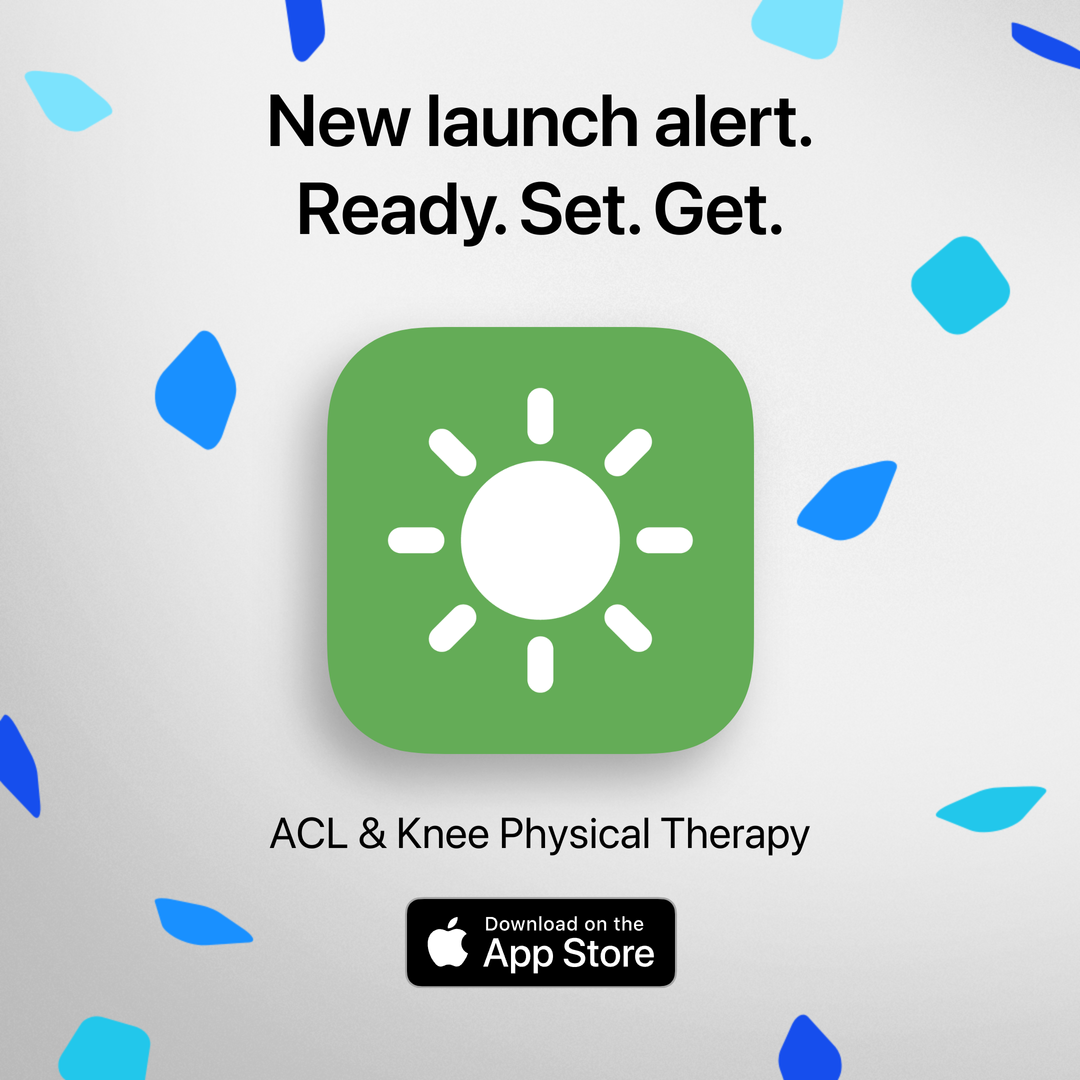Image by Anna Ostanina from Getty Images via Canva
You can either manage your ACL injury surgically or non-surgically. Which form of treatment is right for you is determined by you and your health care provider.
Surgical treatment
Autograft and Allograft Surgery[1]
- Autograft surgery means taking a tendon or a ligament from another part of your body, also called a graft, and replacing the injured ACL.
- Allograft surgery is when a piece of ligament or tendon is taken from a cadaver, a deceased body, and used to replace the injured ACL.
In this post we will focus on the autograft surgery. There are two areas where the graft is taken from. The surgeon chooses the graft site for your ACL surgery (also called an ACL reconstruction).
a) Bone-Patellar Tendon-Bone Reconstruction (BTB)
The patella is the small bone that you can touch in front of your knee and the patellar tendon sits below this bone. The patellar tendon is an extension of the 4 upper thigh muscles called the quadriceps, which allow the knee to straighten. During this surgery, a piece of the patellar tendon is removed and used to replace the ACL.[5]
b) Hamstring Tendon Reconstruction (HT)
The hamstrings are a group of three muscles (Semitendinosus, Semimembranosus, and Biceps Femoris) that are located on the back of your thigh. They allow you to bend your knee and bring your hip back. During the Hamstring Tendon Reconstruction surgery, part of the Semitendinosus and Gracilis tendons are used to replace the injured ACL.[5]
Prior to surgery it is essential to rehabilitate the knee to make sure you are ready for surgery. After surgery you will need at least 6 to 8 months of rehabilitation to return to your prior level of physical activity and sports. This rehabilitation is typically guided by a Physical Therapist but you will have to do at least 60 to 90 minutes of exercises daily. There is a huge time commitment to rehabilitation exercises after ACL reconstruction. Curovate offers a pre and post-operative app which has 6 months of video guided exercises to help you with your ACL recovery.
Non-surgical treatment
Progressive Physical Therapy is crucial for the treatment of ACL injuries. Weekly exercises are provided that will reduce knee pain, increase knee mobility, return to normal walking, and eventually return to running and jumping. How much you will be able to do after the injury is based on your particular injury, your knee health before and after the injury and what you and your Physical Therapist decide is appropriate for you. There will be more information on non-surgical management in a future blog post. Stay tuned! Curovate has a non-operative version of their app which provides video guided exercises and progress tracking to help you recover from your ACL injury.
If you have injured your ACL, or have an upcoming ACL surgery, knee replacement or hip replacement, you can start a personalized recovery plan using Curovate today. The app provides you with guided exercises, rehab reminders, progress tracking, and can even measure your range of motion, all from the convenience of your phone. To get started, simply download the app for iOS or Android using one of the links below.
If you need further customized assistance during your surgery or injury recovery check out our Virtual Physical Therapy page to book your 1-on-1 video session with a physical therapist.


Other Related Blogs
- How do I know I tore my ACL? The 5 most common signs and symptoms of an ACL injury
- Is my ACL graft weaker than my original ACL? Or is it stronger than my original ACL?
- Did I retear my ACL graft?
- Is it normal to still have pain after an ACL reconstruction surgery?
- Where is my new ACL coming from? What are the most common areas for an ACL graft?







